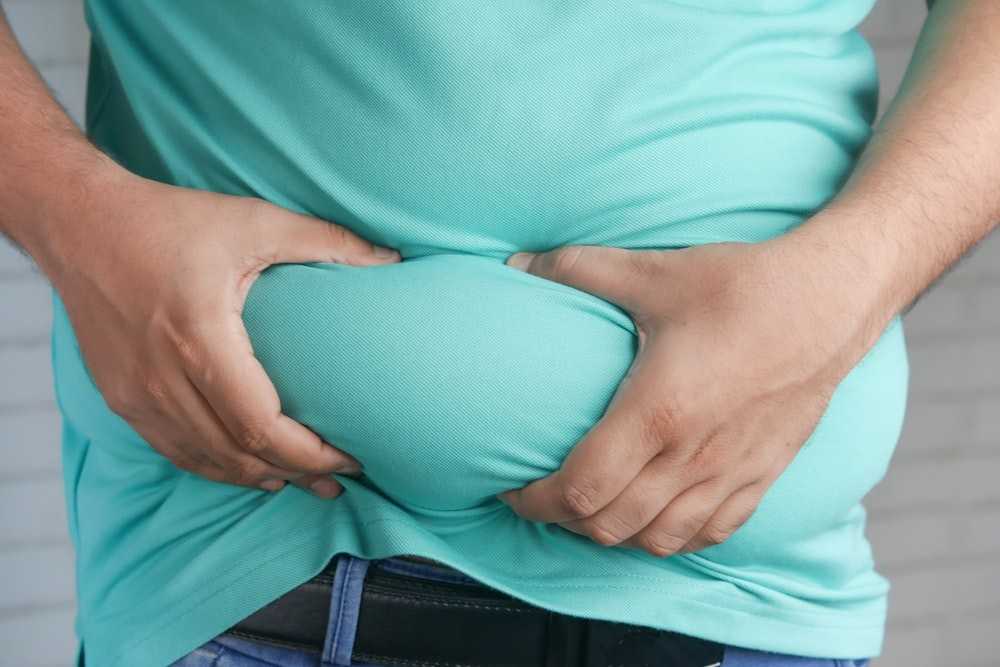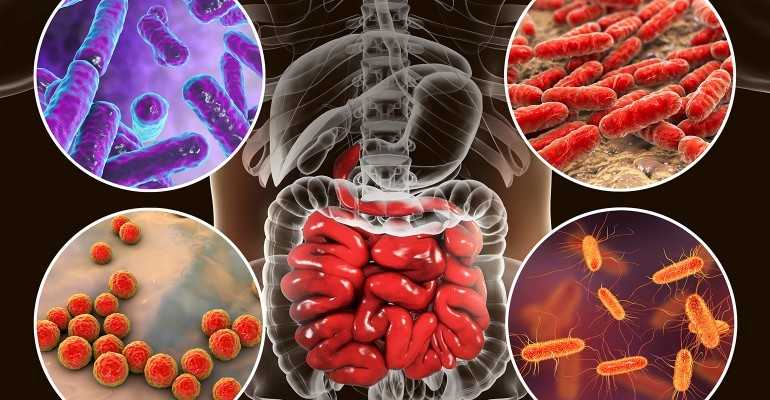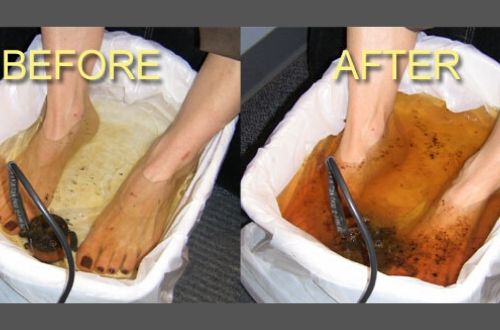One of the primary determinant of weight loss/fat loss is energy or calorie deficit, and there are several ways to achieve this goal. Among the many dietary strategies available, there are also the ones with low calories diet (LCD, >800kcal/day) and very-low-calorie diets (VLCDs, <800kcal/day).

Acc. to US NIH, VLCDs are defined as hypocaloric diets which provide between 450 to 800 kcal per day and are relatively enriched in protein. They must contain the full complement of vitamins, minerals, electrolytes and fatty acids. They are usually in a liquid formulation and are intended to completely replace other food intake in a weight loss programme for a specific period of time.
The diets are designed for patients with a BMI >30-40kg/m2 , a group at increased risk of cardiovascular morbidity and mortality and that also may derive the most benefit from substantial weight loss.
Studies, have also shown the efficacy of such low calorie diets in severely obese patients in hospital settings.
Very-low-calorie diets (VLCDs) reached the height of their popularity in the United States in 1988 when Oprah Winfrey announced to her television audience that she had lost 67 pounds by consuming a liquid diet. Interest in this approach declined sharply in 1990 when Winfrey reported that she had regained her lost weight and would “never diet again.” Despite these market ups and downs, >200,000 Americans used VLCDs in 2004. Similarly, an estimated 67,800 months’ supply of VLCD products was sold in the European Union in 2000.
The diets are designed to produce rapid weight loss while preserving lean body mass. This is accomplished by providing large amounts of dietary protein, typically 70 to 100g/d or 0.8 to 1.5g protein/kg ideal body weight. Protein may be obtained from a milk-, soy-, or egg-based powder, which is mixed with water and consumed as a liquid diet. Such diets may provide up to 80g carbohydrate/d and 15g fat/d, and they include 100% of the recommended daily allowance for essential vitamins and minerals.
When it comes to VLCDs, they can be useful only as a part of an integrated intervention that includes medical monitoring and a program of lifestyle modification, and they are considered safe and effective at the condition that it is used for highly selected patients, under careful medical supervision.
The terms to be underlined here are “selected patients” and “careful medical supervision”, because going on such low calorie diets can be extremely dangerous, especially if you try them in the long run.
VLCDs includes the very-low-carbohydrate and also the high-fat ketogenic diet (VLCKD), and the therapeutic use of this dietary treatment has been extensively studied for the treatment of a multitude of clinical states, to manage obesity, diabetes, epilepsy, seizure disorders, and malignancies of the central nervous system. VLCKD is becoming an elective choice to promote weight loss, but in the case of severe obesity and its metabolic complications.
Again, the terms to be underlined are “treatment of clinical states like diabetes, epilepsy, seizures, CNS disorders, & severe obesity”.

But who would really need such low calorie diets? A meta-analysis study found that, dietary intervention through VLCDs is an effective therapy for rapid weight loss, glycaemic control, and improved lipid metabolism in overweight and obese individuals with T2DM. Thus, VLCDs should be encouraged in overweight and obese individuals with T2DM who urgently need weight loss and are unsuitable or unwilling to undergo surgery.
Sometimes the definition of VLCDs aren’t clear and often confusing. A 700kcal/d diet, for example, would induce a relatively modest energy deficit in a short, sedentary woman with a resting energy expenditure (REE) of 1100kcal/d. In contrast, a 1200kcal/d diet would induce a substantial energy deficit in a tall man with an REE of 2500kcal/d. The man would seem to have a greater risk of adverse metabolic effects, even though technically he was prescribed an LCD and the woman a VLCD. Thus, an alternative definition of a VLCD is a diet that provides <50% of an individual’s predicted REE.
Patients in medically supervised VLCD programs in the U.S. are monitored by a physician approximately every 2 weeks during the period of rapid weight loss (i.e., 1.5 to 2.5kg/wk). During this time, they are at increased risk of gallstones, cold intolerance, hair loss, headache, fatigue, dizziness, volume depletion (with electrolyte abnormalities), muscle cramps, and constipation. These side effects are usually mild and easily managed.
When it comes to the dangerous effects of VLCDs, a meta-analysis study found that, gallstones developed in 25% of patients during 8 weeks of VLCD, and 6% of patients eventually required cholecystectomy. Unsupervised use of VLCDs can result in serious complications, including death. Thus, although VLCDs seem to be safe when consumed for brief periods without medical supervision, long-term unsupervised use of a VLCD could be associated with significant health complications.
The National Heart Lung and Blood Institute. Clinical Guidelines on the Identification, Evaluation, and Treatment of Overweight and Obesity in Adults; did not recommend the use of VLCDs over LCDs providing 1000 to 1500 kcal/d of conventional foods. The panel’s conclusion was based on data from randomized trials that showed no differences in long-term weight losses between VLCDs and LCDs, principally because of greater weight regain after VLCDs.
The meta-analysis study, also had similar conclusions. It showed that VLCDs induced significantly greater short-term weight losses than LCDs but comparable long-term changes in weight. The equivalence of long-term losses was attributable to greater weight regain among the VLCD-treated patients.
A study found that, patients who lost 11.9kg in 6 months by consuming a 1200kcal/d diet of conventional foods maintained a loss of 12.2kg a year later. In contrast, persons who lost 21.5kg (during the first 6 months) by adhering to a VLCD maintained a loss of only 10.9kg. Therefore, poor maintenance of weight loss is the biggest issue with such extreme diet interventions.
Another study, showed that VLCD treated patients who lost 14.8kg regained 50% to 80% of lost weight 18 months after the end of treatment and did not benefit from individualizing the rate of refeeding or using meal replacements during maintenance.

Together, these findings suggest that efforts to maintain mean weight losses of 15% to 25% of initial weight are unlikely to be successful in a majority of patients. Factors responsible for weight regain after treatment with VLCD may include behavioural fatigue in adhering to rigorous diet and exercise regimens in the presence of a toxic environment, as well as compensatory changes in peripheral and central hormones that regulate appetite and energy expenditure.
The meta-analysis study, concluded that some obese individuals can lose and maintain reductions of 25% to 30% of initial weight (achieved by a variety of different approaches). However, except in highly selected cases, we do not recommend the use of expensive VLCDs to induce losses of 15% to 25% of initial weight, when the present findings indicate that few patients will be able to maintain these losses, even under the best of circumstances.
Here is what the UK NHS recommends:
- Very low calorie diets should only be followed under medical supervision for a maximum of 12 weeks. Do not follow a very low calorie diet unless a doctor has suggested it to you.
- Very low calorie diets are less likely to be nutritionally complete as they provide far fewer calories than needed to maintain a healthy weight.
- While very low calorie diets can lead to short term weight loss, it is likely that the weight will come back on after the diet ends. Very low calorie diets are not a long-term weight management strategy and should only be used as part of a wider plan.
- If you are below 18yrs of age, pregnant, breastfeeding, or suffering from an eating disorder, the VLCDs are strictly prohibited.
Acc. to US NIH:
- VLCDs may result in more binge eating after 1 year compared to LCD.
- Constipation and diarrhoea may be more frequent after VLCDs than LCDs.
- There were more participants with ‘depressive tendencies’ after VLCDs than after LCDs.
- Gallstones occurred in some people during or after VLCDs but not with LCDs.
- More participants with VLCDs had ‘marked’ increases in serum uric acid at some point during treatment but these were not correlated with episodes of gout.
- Behavioural therapy and re-feeding: maintenance strategy did not result in clinical benefit, with greater weight regain.
- Reduction in bone density may occur because of insufficient calcium in the diet and may result in fragility and fracture.
- Do not routinely use very-low- calorie diets (800 kcal/day or less) to manage obesity (defined as BMI over 30).
- Only consider very-low-calorie diets, as part of a multicomponent weight management strategy, for people who are obese and who have a clinically-assessed need to rapidly lose weight (for example, people who need joint replacement surgery or who are seeking fertility services).
- Ensure that, the diet is nutritionally complete; the diet is followed for a maximum of 12 weeks (continuously or intermittently); & the person following the diet is given ongoing clinical support.
- Before starting someone on a very-low-calorie diet as part of a multi-component weight management strategy: Consider counselling and assess for eating disorders or other psychopathology to make sure the diet is appropriate for them; Discuss the risks and benefits with them; Tell them that this is not a long-term weight management strategy, and that regaining weight may happen and is not because of their own or their clinician’s failure.
One of the major issues faced with VLCDs is nutrient deficiencies, especially when followed for a longer period of time. About 85% of the Indian population are vitamin D deficient despite abundant sunlight. Dietary calcium deficiency can cause secondary vitamin D deficiency. Though India as a nation is the largest producer of milk, there is profound shortage of calcium intake in the diet with all negative consequences on bone health.
This is the case with a number of macro & micronutrients. On top of that, if you prescribe a person a diet below 800kcal/day, without any medical need to do so, the consequences can be disastrous.
Another major issues which most aren’t talking about is, that extreme calorie restrictions can alter the gut microbiome by increasing the population of a dangerous bacterium linked to increased gut inflammation.

The human gut microbiome consists of trillions of microorganisms and differs from one person to the next. In persons who are overweight or obese, for instance, its composition is known to be different to that found in individuals with a normal body weight.
A research studied 80 older (post-menopausal) women whose weight ranged from slightly overweight to severely obese for a duration of 16 weeks. The women either followed a medically supervised meal replacement regime, consuming shakes totalling less than 800 calories a day, or maintained their weight for the duration of the study.
Regular stool sample analysis showed that dieting reduced the number of microorganisms present in the gut and changed the composition of the gut microbiome. Researchers were able to observe how the bacteria adapted their metabolism in order to absorb more sugar molecules and, by doing so, make them unavailable to their human host.
When the researchers studied stool composition in greater detail, they were particularly struck by signs of increased colonization by a specific bacterium — Clostridioides difficile. While this microorganism is commonly found in the natural environment and in the guts of healthy human beings and animals, its numbers in the gut can increase in response to antibiotic use, potentially resulting in severe inflammation of the gut wall. It is also known as one of the most common hospital-associated pathogens. These changes render the absorption of nutrients across the gut wall less efficient, notably without producing relevant clinical symptoms.



